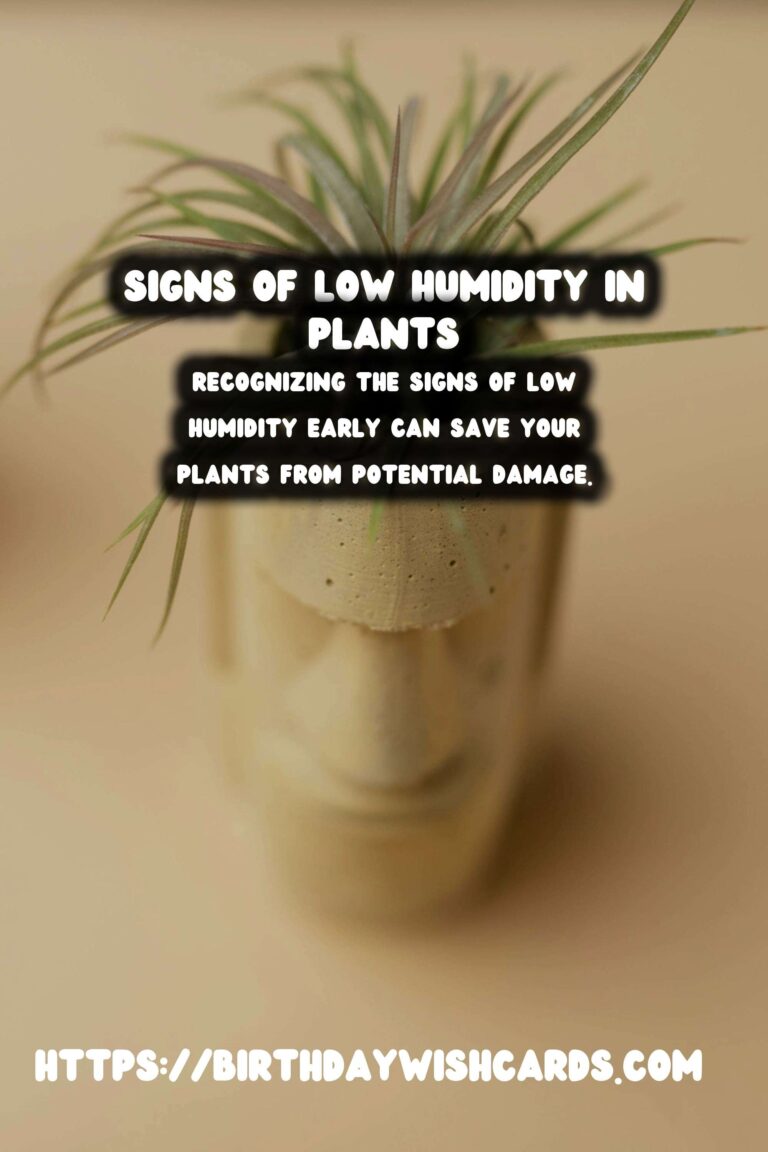
Humidity plays a crucial role in the health and growth of plants. Just like humans, plants have specific environmental needs that must be met for them to thrive. One of these needs is the right level of humidity. Understanding the signs of low humidity in plants can help you provide the care they need to grow and flourish.
What is Humidity and Why is it Important for Plants?
Humidity refers to the amount of water vapor present in the air. It is an essential factor in plant growth as it influences how plants absorb water and nutrients. When plants have the right humidity levels, they can efficiently carry out photosynthesis, respiration, and transpiration processes. Low humidity can hinder these processes, leading to various issues.
Common Signs of Low Humidity in Plants
Low humidity can manifest in several ways, and being able to recognize these signs early can save your plants from potential damage. Here are some common indicators:
1. Brown Leaf Tips
One of the earliest signs of low humidity is the browning of leaf tips. This occurs because the plant loses moisture faster than it can absorb from the soil, causing the edges to dry out and turn brown.
2. Wilting
Wilting is another common sign that your plant may be suffering from low humidity. Without sufficient moisture in the air, plants cannot maintain turgor pressure, leading to droopy and limp foliage.
3. Leaf Drop
When plants are exposed to prolonged periods of low humidity, they may start dropping leaves to conserve moisture. This is a defense mechanism to reduce transpiration and water loss.
4. Stunted Growth
Plants that consistently experience low humidity may show signs of stunted growth. Their ability to absorb nutrients is compromised, which can lead to smaller leaves and fewer blooms or fruits.
5. Crispy Leaves
Leaves may become crispy and brittle when there is insufficient humidity. This is often more pronounced in tropical plants that are accustomed to high humidity levels.
How to Increase Humidity for Your Plants
If you notice the above signs, you may need to take steps to increase the humidity around your plants. Here are some ways to do so:
Group Plants Together
Grouping plants can create a microenvironment where humidity levels are slightly higher due to the collective transpiration from the plants.
Use a Humidifier
A humidifier is an effective way to increase humidity in a room. This is particularly useful during the winter months when indoor air tends to be drier.
Mist Your Plants
Misting the leaves of your plants can provide temporary relief from low humidity. However, it should be done cautiously to avoid overwatering.
Place Water Trays
Placing trays of water near your plants can help increase humidity as the water evaporates. Adding pebbles to the trays can prevent the pots from sitting directly in water.
Conclusion
Understanding and maintaining the right humidity levels is vital for the health of your plants. By recognizing the signs of low humidity early and taking appropriate measures, you can ensure your plants remain healthy and vibrant. Remember, different plants have different humidity requirements, so it’s essential to know the specific needs of your plants.
Humidity plays a crucial role in the health and growth of plants. Low humidity can manifest in several ways, such as brown leaf tips and wilting. Recognizing the signs of low humidity early can save your plants from potential damage. Increasing humidity can be achieved by grouping plants, using a humidifier, and other methods. Different plants have different humidity requirements, so it’s essential to know the specific needs of your plants. 
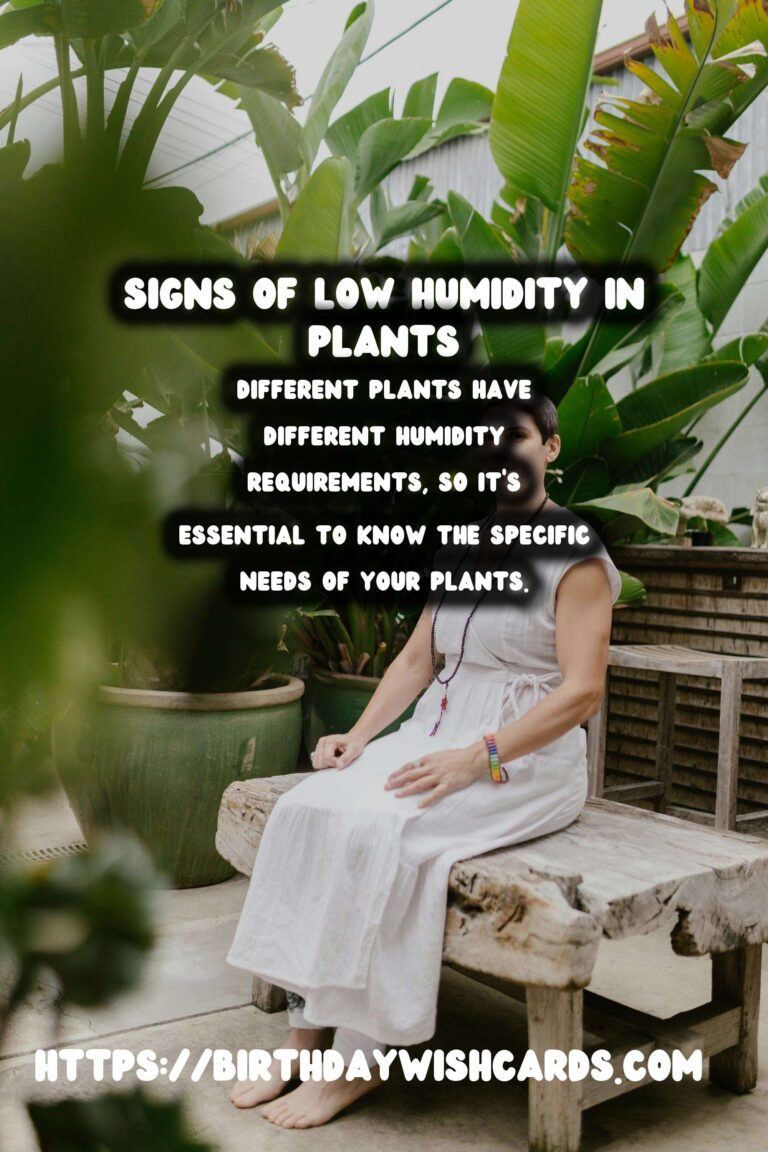

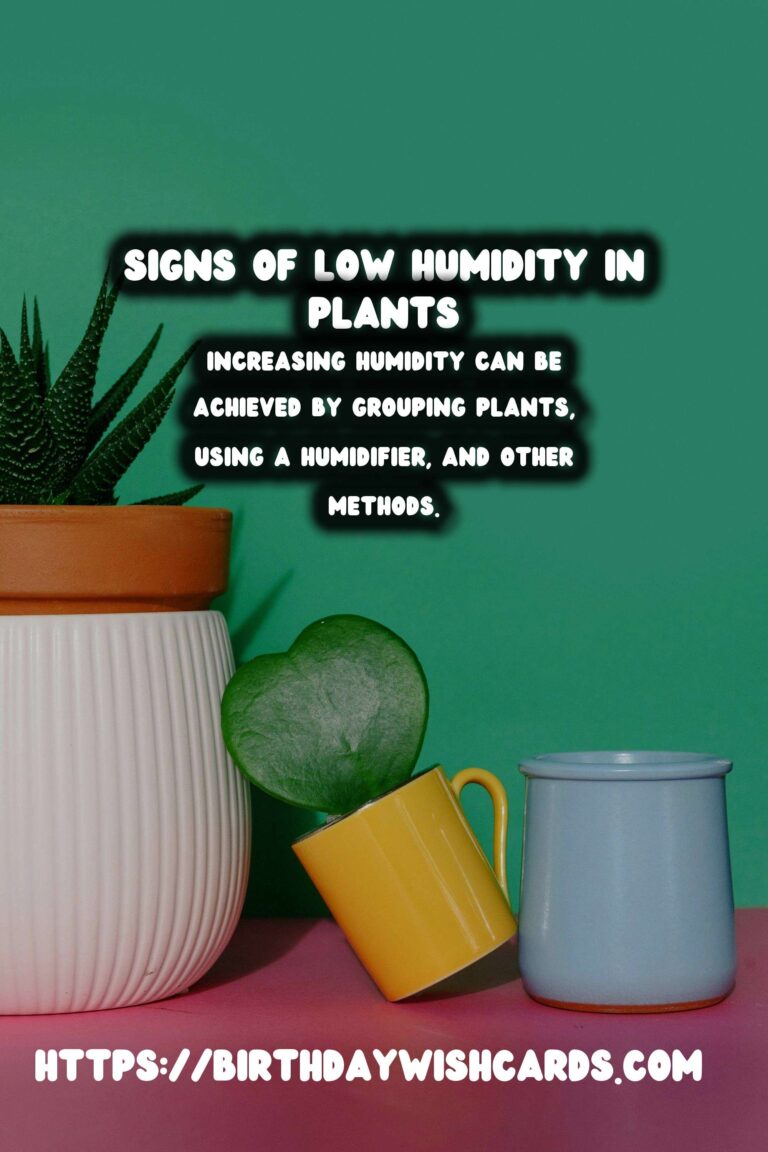
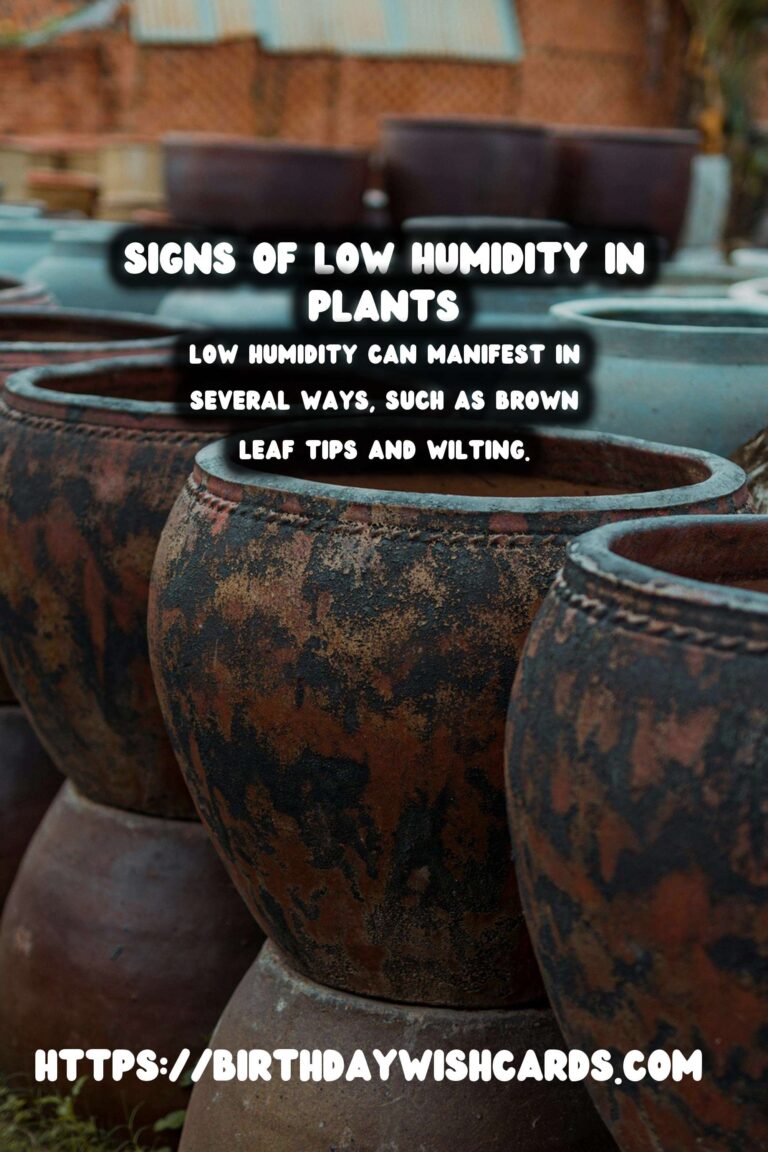
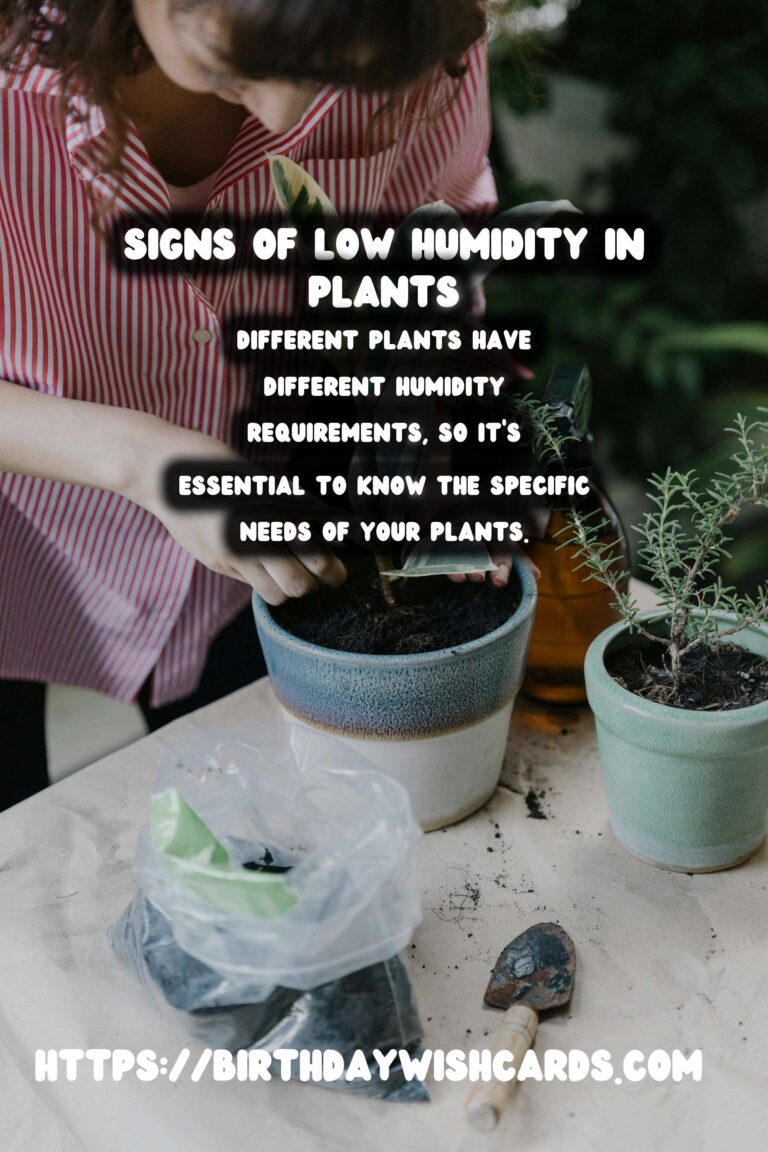
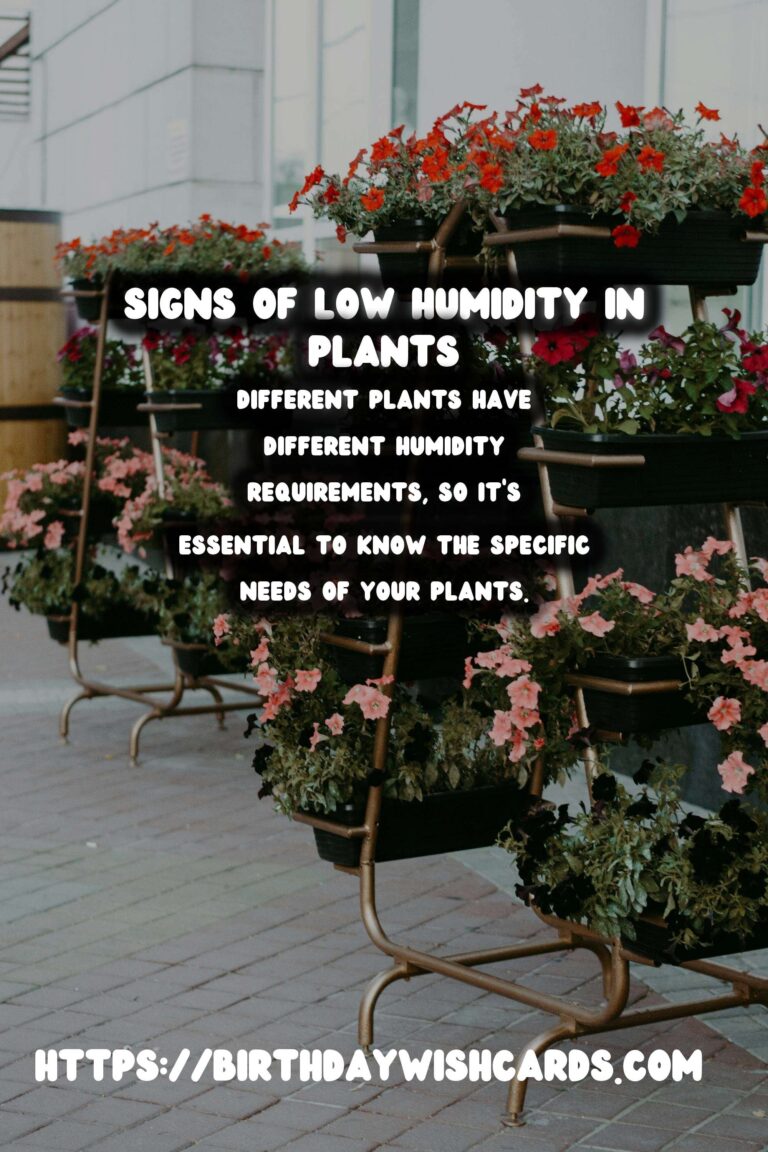
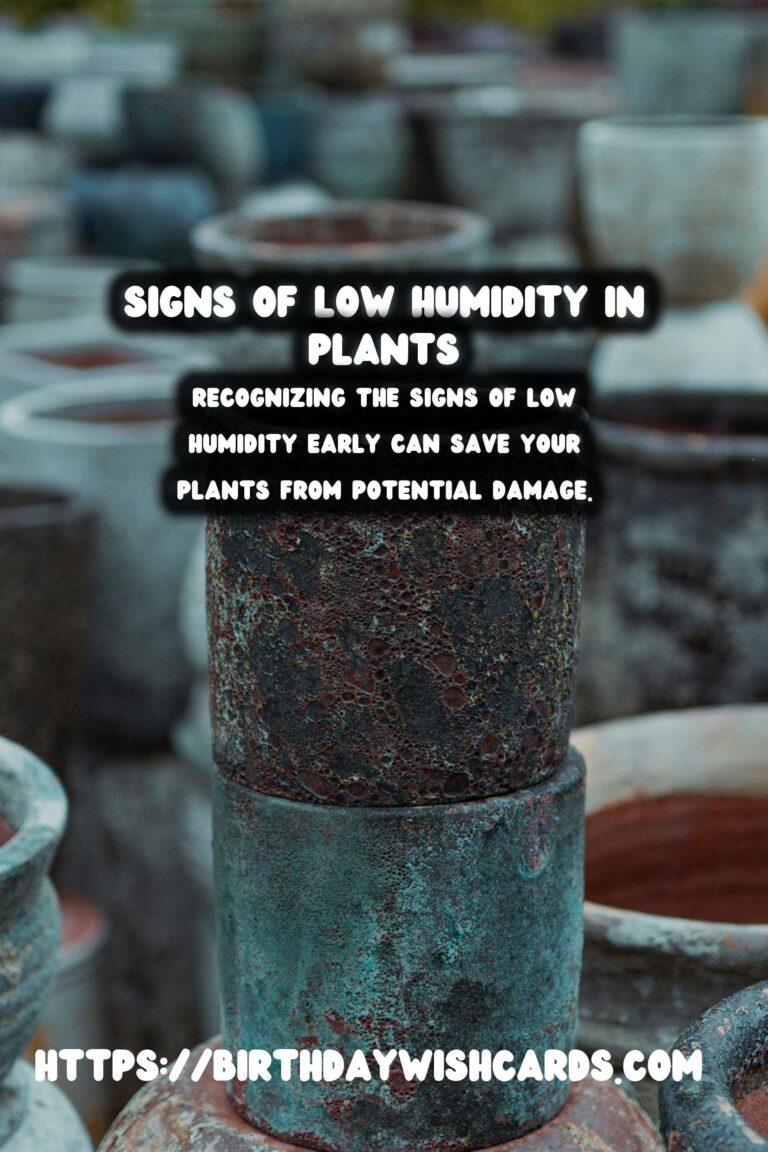
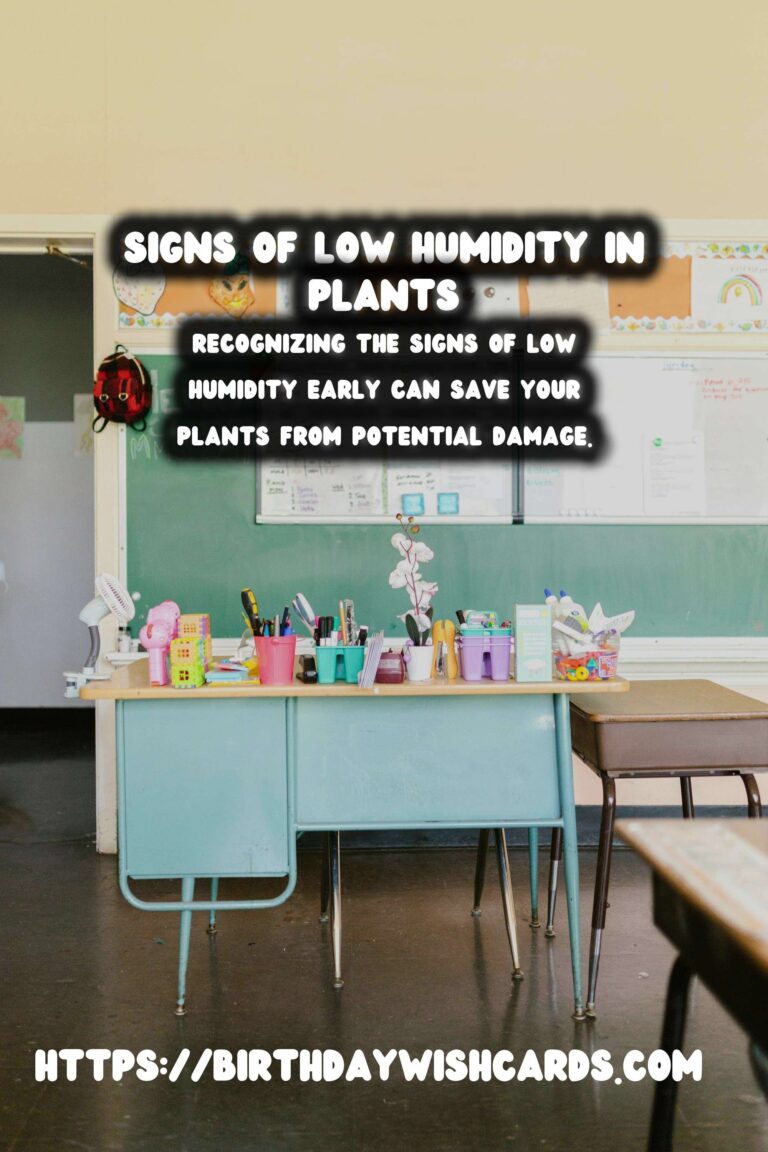
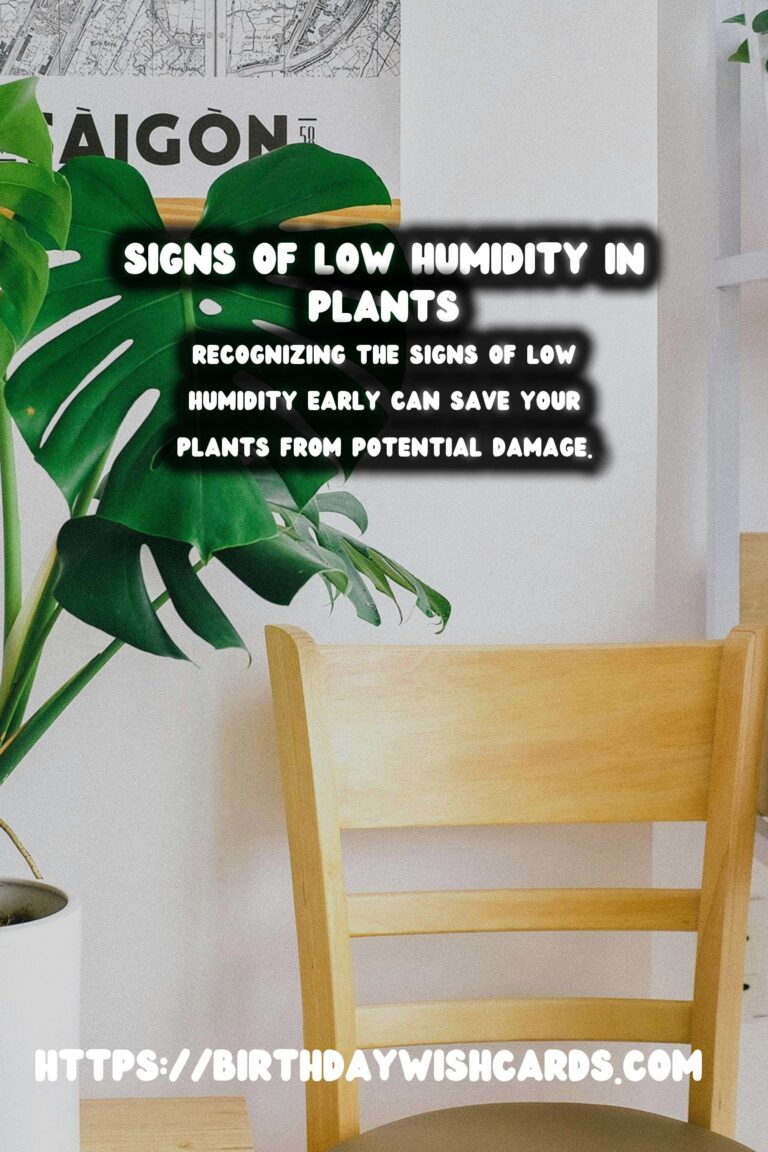
#PlantCare #Humidity #GardeningTips #IndoorPlants #PlantHealth




